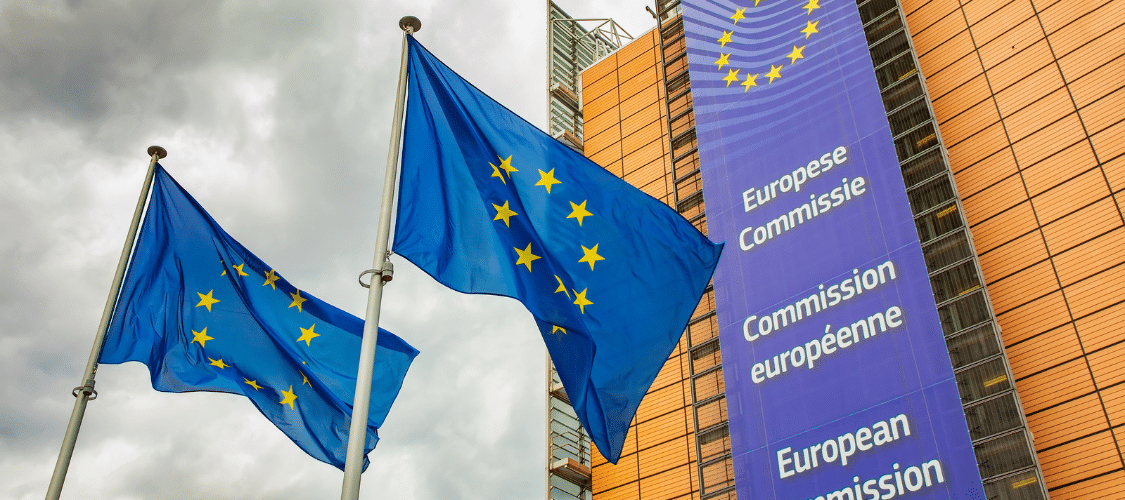Europe seems to have overestimated its need for fossil gas. Yet many stakeholders continue to push for the development of new liquefied natural gas (LNG) infrastructure across the continent. Take, for instance, the Stade LNG import terminal in Germany, one of the largest LNG terminals currently under development in Europe. According to our research, in mid-March the terminal secured EUR 1.4 billion in project financing from France’s BNP Paribas, Crédit Agricole, Société Générale and nine other European and Asian banks (1). In the midst of Europe’s LNG boom, this terminal raises concerns about increasing dependence on fossil gas, threatening the European Union’s climate goals. It could also prove redundant to Europe’s energy needs at a time when gas consumption is at its lowest level in a decade (2). Banks need to step up their game: While some banks are restricting some financing for LNG, especially export terminals, much remains to be done to meet the energy needs in a credible scenario to limit global warming to 1.5°C.
The onshore Stade LNG terminal is being developed by Hanseatic Energy Hub, a consortium of Buss Group, Dow, Enagas and private equity firm Partners Group (3). It will be used to regasify imported fossil gas, including shale gas from the United States (US) (4). The terminal was given the final green light at the end of March (5) after a project finance deal was secured to cover the estimated EUR 1 billion construction costs (6). The banks involved in this EUR 1.4 billion transaction are ABN AMRO, Banco Sabadell, BBVA, BNP Paribas, Crédit Agricole, ING, Korea Development Bank, Mizuho Bank, Société Générale, Standard Chartered, Sumitomo Mitsui Banking Corporation and UniCredit (7).
Stade LNG Terminal, adding fuel to the fire
With an expected commissioning date of 2027, Stade LNG terminal will not serve the continent’s short-term fossil gas needs. Europe has 37 operational import terminals, of which eight came online and four were expanded in 2022 and 2023 (8). Indeed, LNG expansion in Europe gained momentum in the context of Russia’s invasion of Ukraine and the energy security concerns it raised. However, gas demand across the continent has steadily declined since then, and LNG consumption is expected to peak in 2025 (8). With new terminals still in the pipeline, Europe’s LNG terminal capacity could be three times higher than expected LNG demand by the end of the decade, according to estimates from the Institute for Energy Economics and Financial Analysis (IEEFA) (8).
Moreover, in the long term, the Stade LNG terminal risks locking the region into unnecessary fossil gas, jeopardizing the EU’s climate goals (9), on top of the climate and environmental impacts associated with fracking (10). LNG is a major source of greenhouse gases due to methane leakage, mainly from the complex transportation process (11). However, the developers of the Stade LNG terminal argue that the terminal will promote the “energy transition” because it will be able to process biomethane and synthetic natural gas from the time it is commissioned (12). Similarly, they argue that the terminal could later be converted to import ammonia as a means of transporting hydrogen (12). However, it is not very likely that the terminal will ultimately transport energy other than fossil gas in significant quantities. The case for large-scale production of biomethane and synthetic natural gas is bleak (13), and the climate benefits of these technologies are highly questionable (14). Similarly, the case for LNG terminals to use ammonia to transport hydrogen for energy purposes remains uncertain due to its low efficiency compared to the current use of ammonia for industrial purposes (15).
Banks’ support for Stade LNG symptom of wider problem
Some banks have adopted sectoral policies that restrict financing for new oil and gas fields, recognizing that International Energy Agency (IEA) projections show that it is possible to stop oil and gas expansion to meet the 1.5°C target without compromising global energy needs (16). However, they reject a similar conclusion by the IEA, which estimates that global LNG trade has limited room for growth as demand for fossil gas peaks by 2030 in all World Energy Outlook scenarios (17). Indeed, most banks can still finance most LNG projects, although some restrictions are emerging. Unfortunately, in almost all cases these restrictions apply only to some export terminals and are often vague enough to mean business as usual (18).
When asked about specific projects, banks have indicated in recent months that they will not finance them directly: eight banks have said no to Papua LNG in Papua New Guinea, including Crédit Agricole, which was a financial advisor and also said it would not finance the Rovuma LNG project in Mozambique (19). Except that the French bank, like many others, still allows itself to finance LNG projects: export terminals, as long as they are not directly involved in a new field (20) and, even more so, import terminals. Ultimately, this shows a disconnect with the banks’ own climate commitments and understanding of what the energy needs are: new LNG projects are not needed to meet the world’s energy demand in a credible scenario aiming to limit global warming to 1.5°C.
Banks must act against LNG development by adopting strict restrictions on project financing for export and import LNG terminals. Moreover, since project finance is only a small part of fossil fuel finance (21), to effectively prevent LNG expansion, banks must ultimately end their unconditional support for companies expanding LNG.



